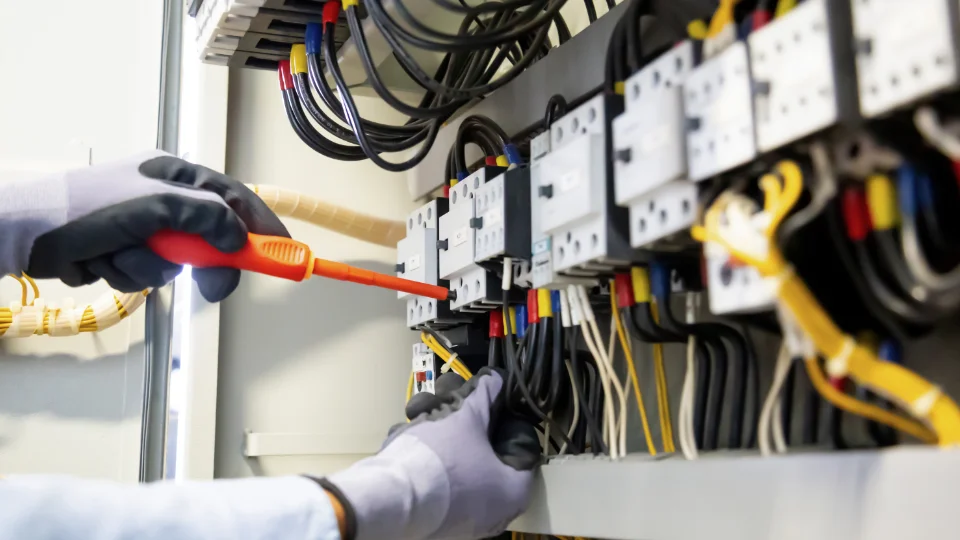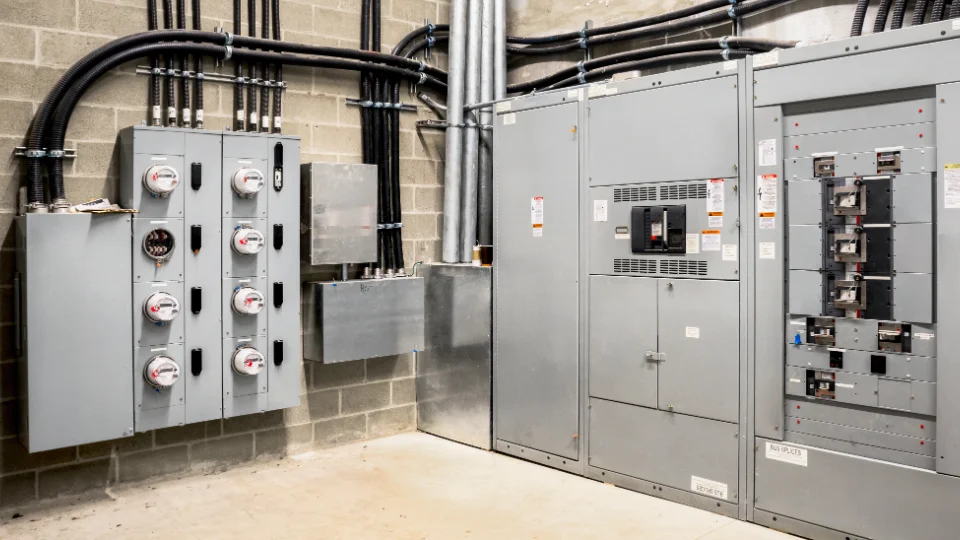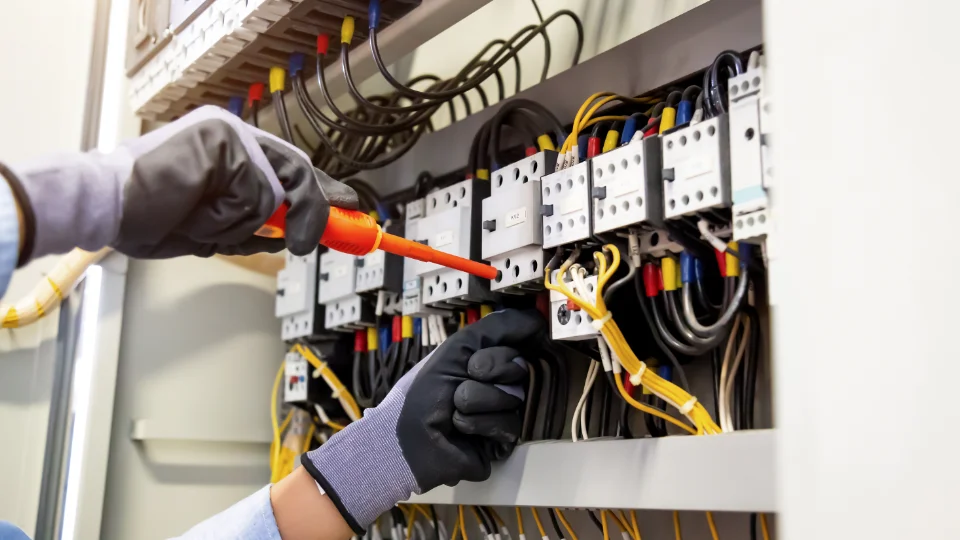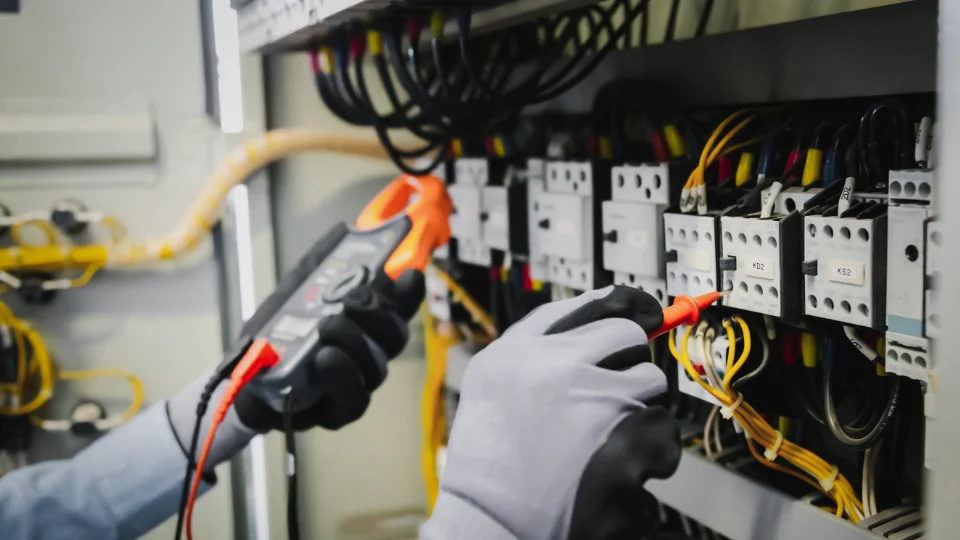
AC vs DC EV Charging: What’s the Difference?

Electric vehicles continue to pave the way for the future of automobiles. As we move towards a greener future, more and more people are beginning to use electric vehicles instead of traditional alternatives that can be harmful to the environment.
As most people already know, electric vehicles don’t require gas and are powered by electricity. But how are these vehicles charged and what’s the difference between AC and DC electric vehicle charging? Here’s what you need to know.
Charging an Electric Vehicle
When it comes to charging an electric vehicle, there are different methods that can be deployed. With various types of connectors and charging methods, it may seem daunting trying to wrap your head around this modern advancement. But we’re here to help you understand AC vs DC EV charging in terms you can understand.
Before charging an electric vehicle, it’s important to understand where you’re looking to charge your car and how fast you’re looking to charge it. These two elements are interconnected and are usually dictated by the type of electric vehicle you own as well as its battery capacity.
AC charging, otherwise known as Alternating Current comes from the electricity grid. Despite this, electric vehicles can only accept DC (direct current) charge.
AC power is usually converted before charging either inside or outside of the electric vehicle. This is usually done at home or at a public charging station.
DC power, on the other hand, charges more quickly than AC chargers due to their overall size. This is considered to be the fastest way to charge an electric vehicle at a public charging station. Depending on the make and model of your car, this usually allows you to top up your battery from 20 to 80% in roughly 30 minutes!
Should I Get an AC or DC Charging Station at Home?
While there are public charging stations available to charge an electric vehicle, it’s still a good idea to have a charger installed at home to ensure you’re never left without power when trying to get somewhere. You can choose to install either an AC or DC charger.
While you can install a DC charger at home, it’s usually recommended to opt for an AC charger instead. This is because DC chargers are much more expensive than AC chargers and take up lots of space. DC chargers are also more complex in creation, requiring expensive spare parts should anything go wrong. DC charging is also not recommended for consistent use.
Get in Touch
If you’re looking to install an electric vehicle charging station at home, look no further than Bates Electric. Our team of experts will be able to advise on the type of EV charger that’s most suitable for your needs and offer various installation packages to help you charge your car at home. Get in touch to find out more!
Share:
Social Media
Most Popular


Planning Electrical Systems for New Constructions

Surge Protection Tips for Your Business

Emergency Electrical Repairs: What to Expect
Categories
Related Posts

2025 Trends in Commercial Electrical Services
As businesses continue to grow and adapt to new technologies, the demand for reliable, efficient, and scalable electrical systems is higher than ever. Commercial electrical

Power Backup Solutions for Business Continuity
Power outages aren’t just an inconvenience, they’re a risk to your operations, your equipment, and your bottom line. Businesses today depend on uninterrupted access to

Planning Electrical Systems for New Constructions
Designing the electrical system for a new commercial building is a serious responsibility. It demands thoughtful decisions about capacity, layout, safety, and scalability. When done

Surge Protection Tips for Your Business
Electricity keeps your business running, but power surges can bring things to a grinding halt. A surge may last less than a second, but the
